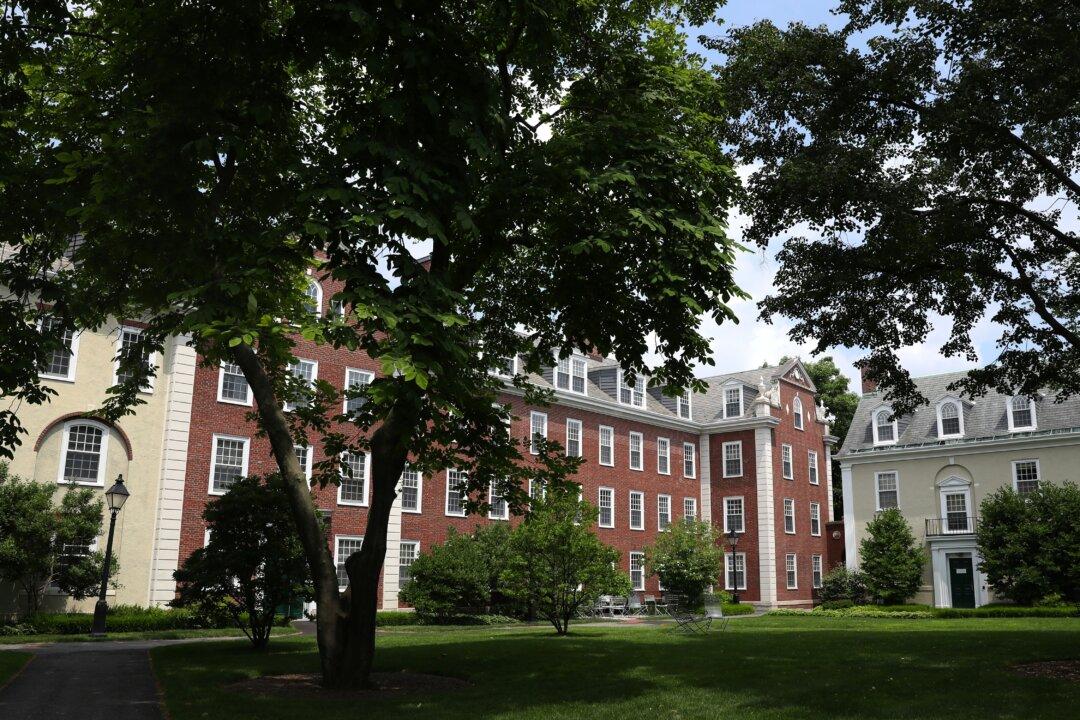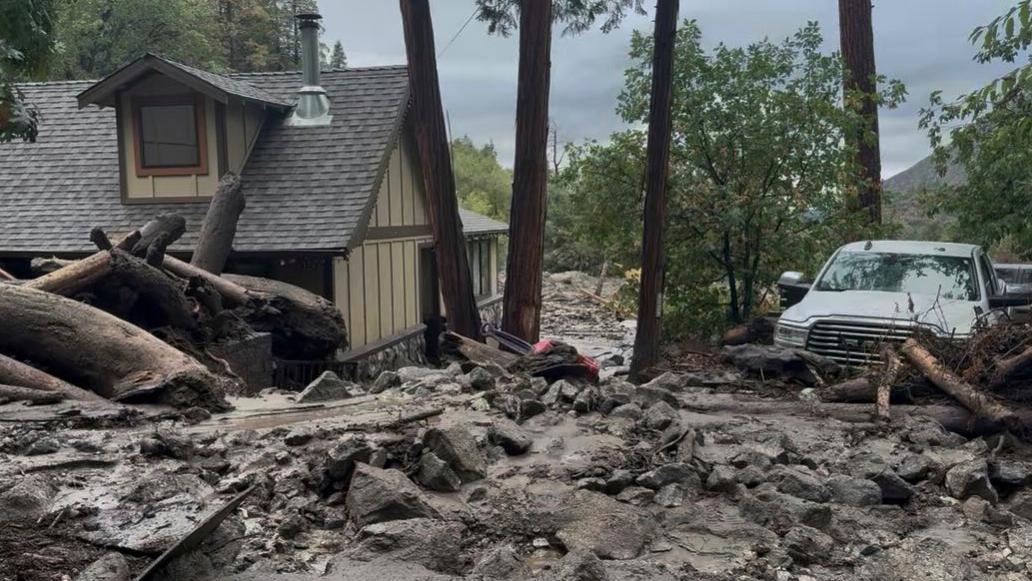About a month ago, with Los Angeles girding for a potentially crippling surge of CCP virus cases, a massive white Navy hospital ship chugged into port: a powerful symbol of the government’s response to the pandemic.
The USNS Mercy, with 1,000 hospital beds and giant red crosses on its sides, was welcomed by California Gov. Gavin Newsom and Mayor Eric Garcetti. Both officials were making grim predictions that LA could soon look like New York City, the epicenter of the U.S. outbreak, and Garcetti noted the ship immediately became his city’s largest hospital.





